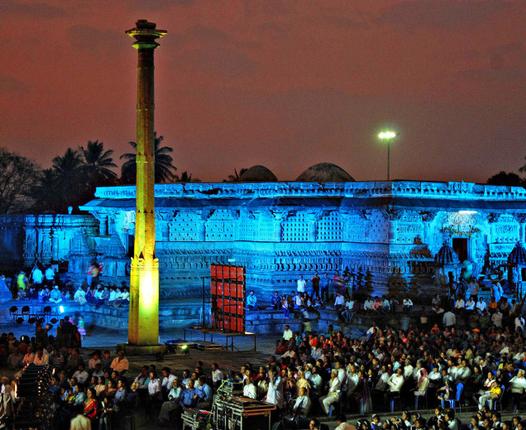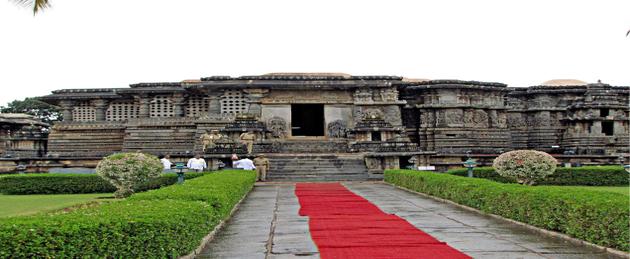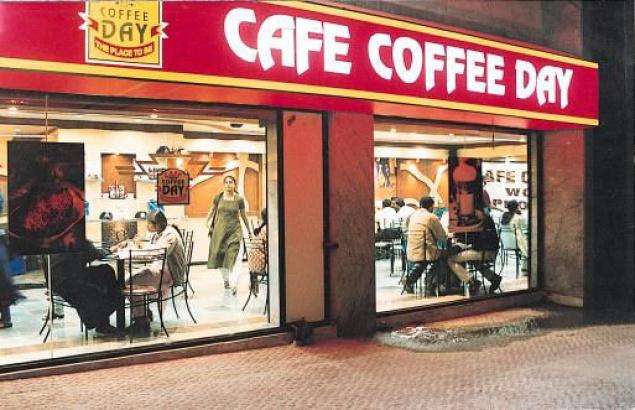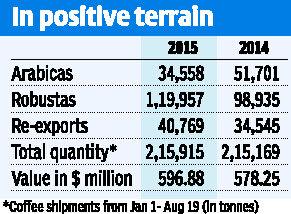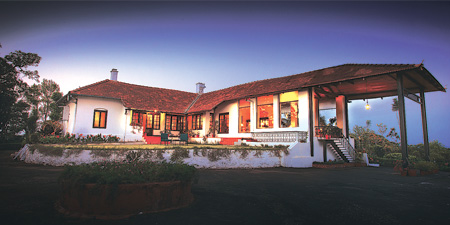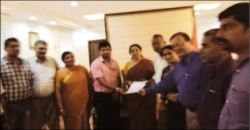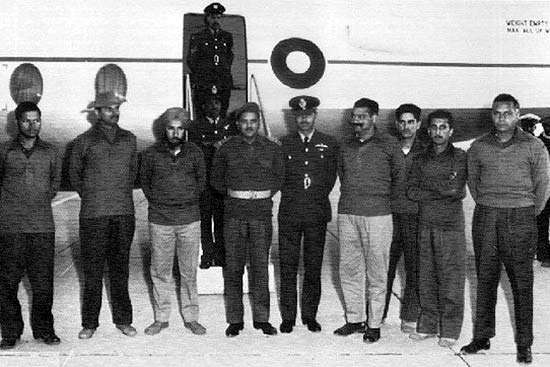
Fifty years ago, Cariappa’s Hunter aircraft got shot down over Pakistan. This is the fascinating story of the four months that followed…
by Kodendera ‘Nanda’ Cariappa
The second, or could it be called the third, Indo-Pak War was now nearly three weeks old, and there were no talks of a cease fire. To us in the field we did not really have a clear picture of how the war was going, or how either the Army or the Air Force was doing, on the ground or in the air. We knew of Air Force casualties more through the grapevine rather than through authentic sources. Our hope as young fighter pilots was to be detailed for as many operational missions as possible against the enemy. And of course, each of us hoped we would encounter him in the air and to shoot him down.
So it was on 22nd Sep ’65, I was detailed as the leader of what was meant to be a four-aircraft formation of Hunters. We took off at about 0830. Our target was enemy armour in an area some distance South of Lahore. Once the primary mission was accomplished, we could take on any ‘targets of opportunity’ that we might see. Now, in hindsight it would appear that our mission was not going to be as successful as one might have wished. At the take-off point final checks were carried out by the ground crew, rockets were ‘armed’ and the 30mm cannon were made ‘live’. This was when one of the aircraft had to return to dispersal because of a technical snag.
The first few minutes of the mission were over Indian territory, but as always, we were ‘keyed’ up and on the look out for enemy aircraft that might be on a sortie to attack our positions. As always happened, at least where I was concerned, there were butterflies in my stomach. The uncertainty of what awaited us across the border and what enemy opposition we might encounter was at the back of my mind. It was at this point that the pilot of the third aircraft found something seriously amiss with his aircraft and I ordered him to return to Base. And then there were two!
However, once over Pakistan, nothing mattered other than finding the enemy and doing what we could to destroy his armoured formations. We did not see too much by way of enemy activity other than a few dust columns that were kicked up by vehicles that were slow in following the standard dictum of ‘freezing’ in their tracks if enemy air was in the sky. We attacked what little we could see and then decided to return home. On the way back we spotted an enemy target that gave away its position by opening fire on us. We retaliated. Within moments of doing so my aircraft was hit by ground fire.
All the warning lights in my cockpit were illuminated, indicating that many systems and my controls had failed, and also to tell me that my aircraft was on fire. Shrapnel went through my cockpit and I found my controls jammed. My ‘wing-man’ called out on the radio that I was on fire and that I should abandon the aircraft. I acknowledged his transmission and ejected. All I can recall is my boots flying off and within seconds I was on the ground lying in a semi-supine position. Within moments I was surrounded by troops who ordered me to raise my hands in submission, and to stand up. I replied that I could not do so as I was hurting badly, and felt paralysed. The troops were in khaki uniform and for some unknown reason I thought they were Indian. At about that time I could hear artillery opening up and one of the troops said, “Those are your guns firing at us”.
I was a Prisoner of War!
The time was 0904 because my watch had stopped, presumably on impact with the ground. I was asked who I was and from where I had taken off. As per standard procedures, I rather parrot-like gave my ‘name, rank and number’. It was then that I was asked if I was related to General Cariappa. I feigned a faint because of the pain, or maybe I did pass out. The next thing I knew was that I was lying on a litter in the back of a jeep and was being questioned by a Brigadier.
After some first aid I was moved to a rear location, to a place called Luliani where for some time I was left on the floor awaiting treatment and then as it transpired, evacuation to a hospital. I have no recollections of that journey. When I did come to, I found myself in a hospital bed and in excruciating agony. This was the military hospital in Lahore. The following day I was taken to the operation theatre and was told the extent of my injuries. I was impressed by the number of doctors who had returned from abroad to be of service to their nation at this juncture in its history.
I stayed in hospital for about a week during which time General Musa the Pakistan Army Commander in Chief visited. He came to see me, knowing by now that I was General (KM) Cariappa’s son. He asked if there was anything I wanted. All I could think of was being with the other Indian prisoners of war. From Lahore I was flown to Rawalpindi and kept in the hospital there, and it was during this time that I was visited by President Ayub Khan’s son. Treatment and food in the hospital was good, yet being in solitary confinement I was hankering to be with the other Indians.
This happened soon enough and suddenly one fine morning I was discharged from the MH and moved blindfolded to what turned out to be a prison cell. Here I was given a pair of black armoured corps overalls, and a pair of rubber-soled slippers. It was by now almost mid-October with the winter chill beginning to manifest itself. There was one charpoy for furniture and nothing else. I was also given three typical army blankets; one served as the mattress and the other two as a covering. By day the outer wooden doors were closed, I was in darkness with no light penetrating, and by night they were kept open with the single dull electric bulb switched on.
If I wanted to use the toilet I would be taken blindfolded to the lavatory about 50 yards away. There the sentry would wait till I was through, and then would escort me back to my cell. It was here that a Major first interrogated me, and it was here that I really experienced the ‘fear of the unknown’ for the first time as a POW. There is no more frightening condition than being in solitary confinement. I was not subjected to ‘third degree’ treatment, but I was told that I had better answer all questions because if I did not, there would be no hesitation in ‘putting me away’!
I realized then that the standard ‘rank/name/number response would not help and so I did ‘reveal’ what I thought to be innocuous information. This lasted over a period of three days. During this tend days I was incarcerated in the cell I was fed thick wholesome ‘chappatis and dal’ twice a day. There would be a mug of sweet ‘langar’ tea at 0700 and again at 1500. ‘Lights on time’ was 1600. A few days later I was told that I would be moving to the main POW camp. I first moved to a transit camp in Rawalpindi itself where I was kept in ‘solitary’ again for two days. It was here that I met a Pakistan Army JCO who, having learned that I was my father’s son, came up to me and said he heard that I was in the Sadr Kothi (he meant the President’s home). I, of course, denied this.
A train journey to Dargai, throughout which I was blindfolded, to the main POW camp followed. Winston Churchill was supposed to have been billeted here too! Meeting with the 38 other Indian prisoners was a momentous occasion for me, who had, for the preceding six weeks been deprived of any form of company. I was the only airman with that group. I learned later that the others were kept in separate enclosures within in the same complex.
The next few days were filled with getting to know my mates, and settling into some kind routine. Soon thereafter, I joined the other airmen, who were Squadron Leaders Sikand and Pilloo Kakar, and Flt Lieutenants Mani Lowe, Lal Sadarangani, MV Singh and Vijay Mayadev. A third compound housed the twelve Sikh officers who had been segregated for political reasons. Our compound had a small forecourt about thirty feet long and some seven feet across. Then the billet that housed us comprised three rooms. One that had our seven charpoys packed closely together, a dry-toilet facility (more about this later) and our dining area.
We were given three blankets, and an olive green army pullover was all that we had to protect ourselves from the severe winter chill of the NWFP. As a result by 1700 hours we got into our beds and were regaled by stories and experiences by ‘Siki’ Sikand who seemingly had an endless fund of them. He often had us in splits of laughter! In the first week of November, quite inexplicably, Mani Lowe and I were told to ‘pack our bags’ as we were going “somewhere”. Blindfolded, we were put into a van and driven off to a place about two hours South from Dargai and put into two adjacent dank, cold and airless cells, similar to the ‘lock-up’ in our own Air Force Guardrooms.
The toilets were about fifty paces of so from our cells, and as was the practice, we would be blindfolded when being taken to and from there. We were not interrogated, and were unable to figure out as to why on earth we were separated from our mates. All we knew is that we were at an air force base because every evening and through the night we would hear the typical and unmistakable whine of Hercules aircraft starting up, taxiing and taking off. About ten days later we were returned to Dargai, much to our delight, and indeed relief.
The first Red Cross parcels came in on 7th Dec and our lot improved considerably. One packet that thrilled us was that the film star Asha Parekh had sent us dried fruit! Now, we were even provided with a quilt that was paid for from out of the approximately Rs 60 that was our entitlement as prisoners. The arrival of the ‘goodies’ from the Red Cross was an indication that our folks at home knew that we were alive!
Food was always the focus of attention. Breakfast was a boiled egg with three puris and a mug of tea. Lunch and dinner were always, monotonously identical; either lacy, glutinous “lady’s fingers” or well watered turnips to be eaten with chappatis and/or rice. We would be given a mug of tea at about 1500 hours and then we would play quoits for an hour or so. Once a week we had the luxury of a hot bath. Dinner would come by 1700 hrs after which Pilloo (Sqn Ldr Kakkar) would read to us from the Bhagavat Gita that we received with our Red Cross parcels.
Siki our ‘master chef’ was able to convince our ‘minders’ that we needed mustard oil to keep away the winter dryness from our skins. This then was used as a cooking medium and our dinner was a much more palatable meal with fried onions and some condiments being added. Dessert was usually a biscuit sandwich that had cocoa or melted chocolate providing the filling.
As 31st December approached we agreed that we must do something to celebrate New Year’s Eve. The first pre-requisite for a successful party was ‘hooch’! So, we decided to make some moonshine. The main ingredient would be methylated spirits to be purloined from the nursing orderly’s tray when he came every afternoon to dress MV’s wounds and mine. Our stratagem was to keep him distracted somehow, and for this Siki was particularly successful.
I cannot remember what excuse or reason we gave for asking for a pitcher, but we were given one. This was our ‘still’ into which put raisins, the bitter lemon (rind and all, and called for some unknown reason as “mitha”) that was provided as dessert and jaggery. We also added a few chappatis for good measure in the belief that the yeast would cause fermentation and therefore provide the desired ‘kick’ to our hooch. The ‘matka’ was then wrapped in a blanked and placed close to the fireplace where we hoped and believed its contents would mature!
Came New Year’s Eve, Dec 1965, the evening progressed as usual and we looked forward with eager anticipation to the dinner that Siki had planned. Dinner came at the usual time and then our chef got down to work. It is now almost 50 years since then, and I don’t remember too well all that we had to eat. But I do recall the unexpected arrival of the Camp Commandant who turned out to be a very pleasant chap. He wished us and then produced the unbelievable…some mutton, or, was it chicken? He left soon thereafter. We then drank our brew that tasted like nothing on earth, enjoyed a veritable repast, and talked late into the night.
Life carried on unchanging from day to day, when suddenly about the January 10 we received some intelligence that something was afoot. The source of our information was the sweeper who came in every morning to clean our ‘thunder boxes’. He was a Hindu, and therefore it appeared was sympathetic towards us. Given the menial and unpleasant nature of his duties it was not surprising that the guards accompanying him were reluctant to enter the toilets.
Siki ‘cashed’ in on this and wrapping his face securely to keep out the obnoxious smells, he would ‘chat up’ the sweeper. It was he who mentioned that in a few days a tailor would come to take our measurements, but he was unsure as to why. The tailor did arrive and within a few days we were outfitted with warm serge trousers and shirts, and even provided new olive-green pullovers. Events now moved fast, so fast that we did not realize we were being prepared for repatriation!
In fact, I don’t think we knew till the day of departure on 22 Jan 66. We were once again blindfolded, bundled into a vehicle and driven to Peshawar where we emplaned a Fokker F-27 that was going to Delhi to bring back the Pakistan COAS. We crossed the international border at approximately 0905, about the identical time that I was shot down exactly four months earlier.
Thus ended an unforgettable period in our lives. Siki retired as Air Marshal, Pilloo became a Wing Commander but was killed in an HF 24 accident. Lal Sadarangani, Mani Lowe and Vijay Mayadev left the Service as Wing Commanders and joined Air India. MV continued in uniform and retired as Air Commodore.
______________________________________________________
Kodendera Cariappa retired as Air Marshal of the Indian Air Force.
source: http://www.outlookindia.com / Outlook / Home> Magazine> International – Impressions / by Kodendera ‘Nanda’ Cariappa / Web – August 11th, 2015
